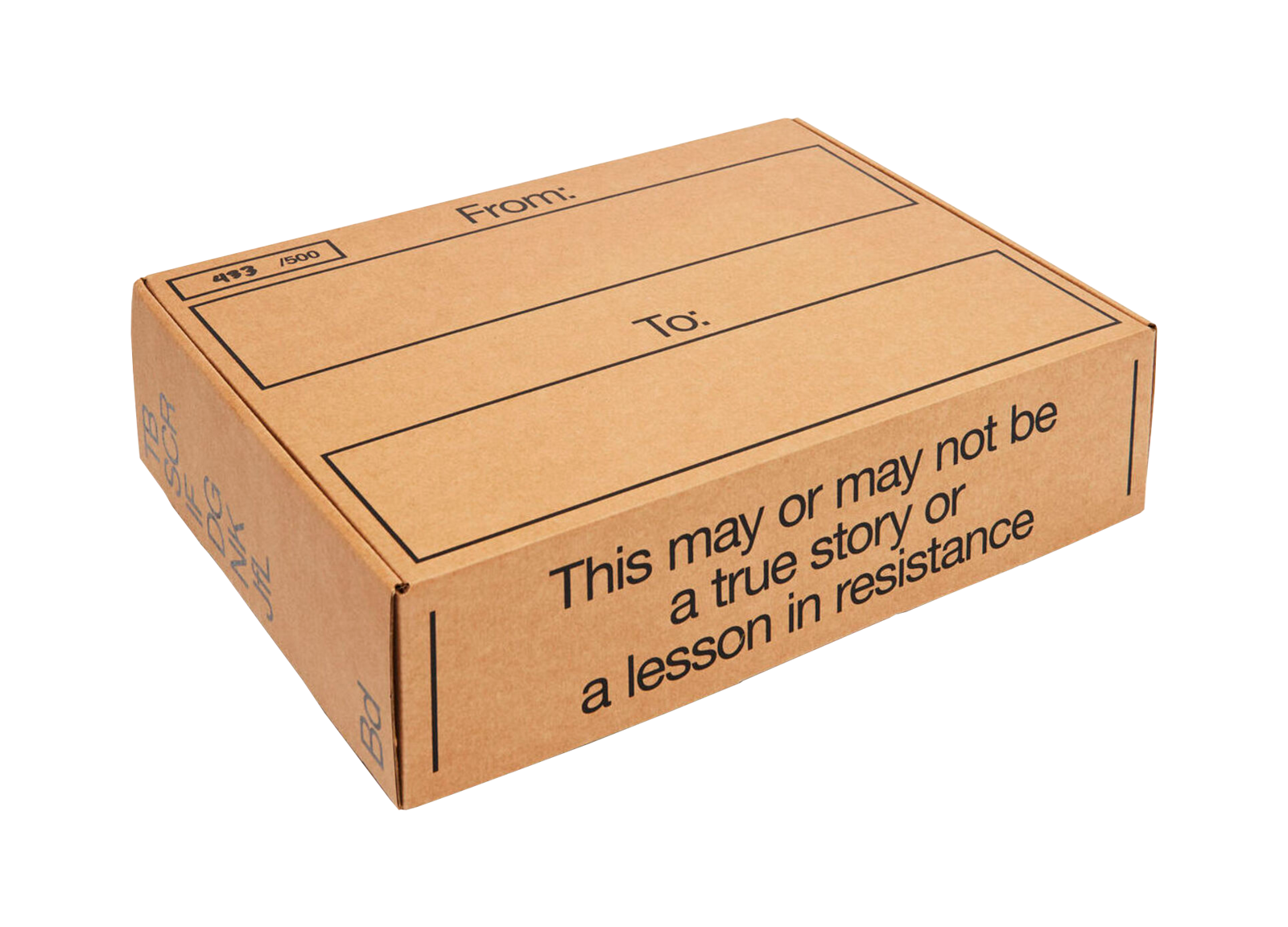This may or may not be a true story or a lesson in resistance
This may or may not be a true story or a lesson in resistance is the Final Outcome of de Appel’s Curatorial Programme 2019/2020. Due to the restrictions surrounding COVID-19, the CP participants Thomas Butler, Sharmyn Cruz Rivera, Juan Fernando López, Iris Ferrer, Danai Giannoglou and Naz Kocadere reimagined the project as an ‘exhibition in print’.
This Final Outcome is the culmination of a year-long journey and collaboration that began at de Appel in September 2019. Initially plans were made for a physical exhibition. However, the outbreak of COVID-19 and the various waves of lockdown measurements, necessitated a reexamination of the format in which this project could be presented. Building upon the long deliberations that had already developed before the start of the pandemic, the participants reimagined the exhibition as a limited-edition publication, suited to epitomize the subversive spirit of the project and embody the practices of the contributing artists.
The concept they started with in 2019 is informed by the work of the late American conceptual artist Allan Sekula, and his photo series School Is a Factory (1979/80). In his signature style, Sekula pairs narrative texts with stark, black and white photographs of students and workers. He thereby lays bare the ways in which education, labour, leisure, and culture are perpetually commodified and classed by an unrelenting system of exploitation and profit. Galvanized by this work, the CP participants set out to think about the tools of resistance for opposing and challenging dominant knowledge systems: what lessons in resistance can art teach us, if any at all?
Abandoning the working methods associated with traditional exhibition making, the CP participants chose to continue working with the artists who they had already engaged with for the initially planned physical exhibition. They asked them to create or adapt an existing artwork for the limited edition multiple of five hundred copies. These artists are Simon Browne, Danilo Correale, Jason Dodge, nibia pastrana santiago and Dilek Winchester. Each artist has created a work that can be taken out of the publication container in which it is delivered and activated in whichever way the recipient chooses. Together with these works, the container features a book of curatorial essays, written by the CP participants, and a photo series by Buck Ellison. Lastly, they were kindly permitted by the Sekula archive in Los Angeles to reproduce Allan Sekula’s original photo work, which is also included in this exhibition in print. All of this was brought to life in collaboration with Athens-based design studio and printer Bend and G. Kostopoulos Printing House S.A.
This may or may not be a true story or a lesson in resistance can be ordered directly from de Appel’s webshop. Launching in harmony with this multiple is nibia pastrana santiago’s video work NO MORE EFFORTS.
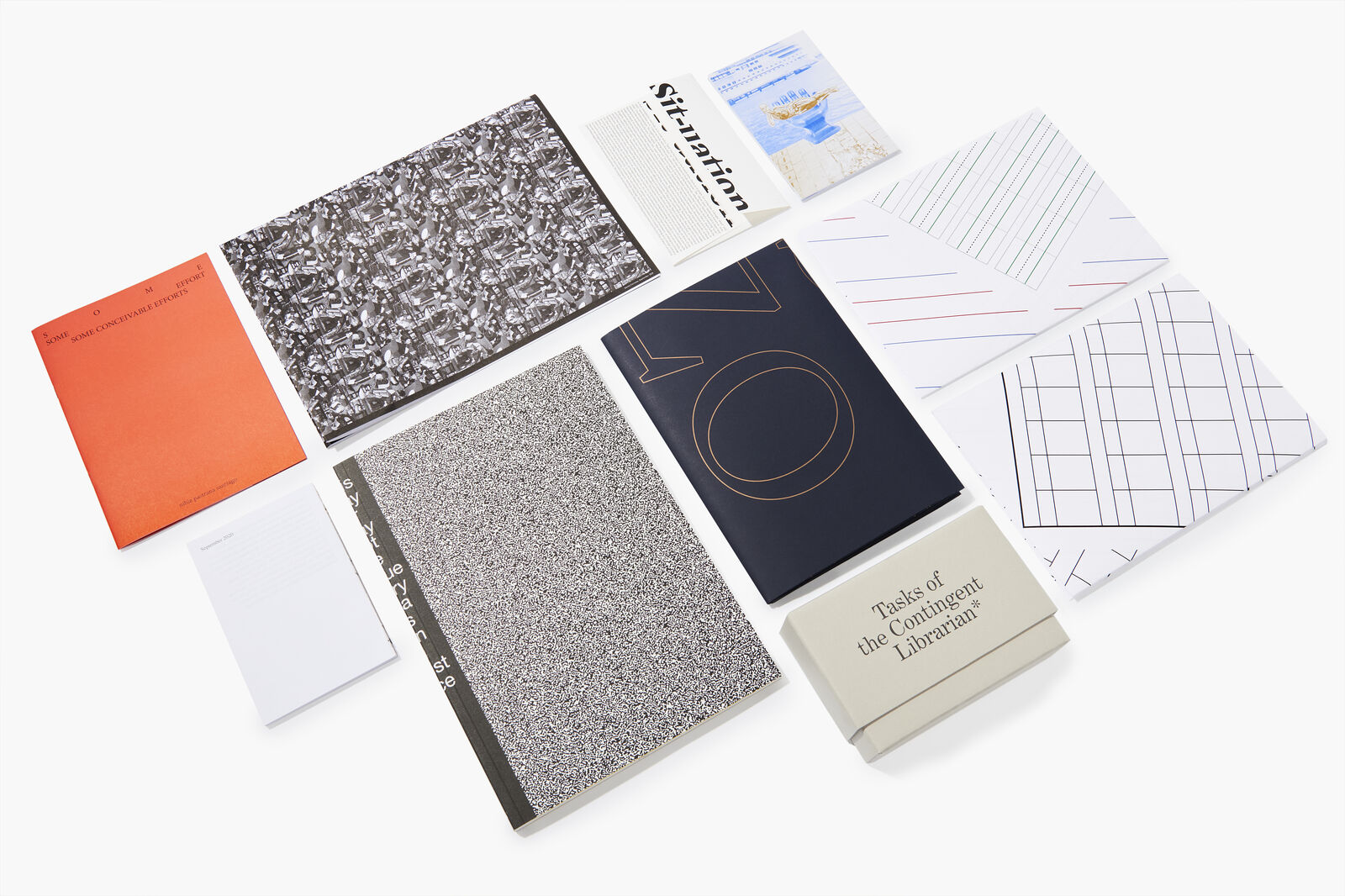
©Noortje Knulst
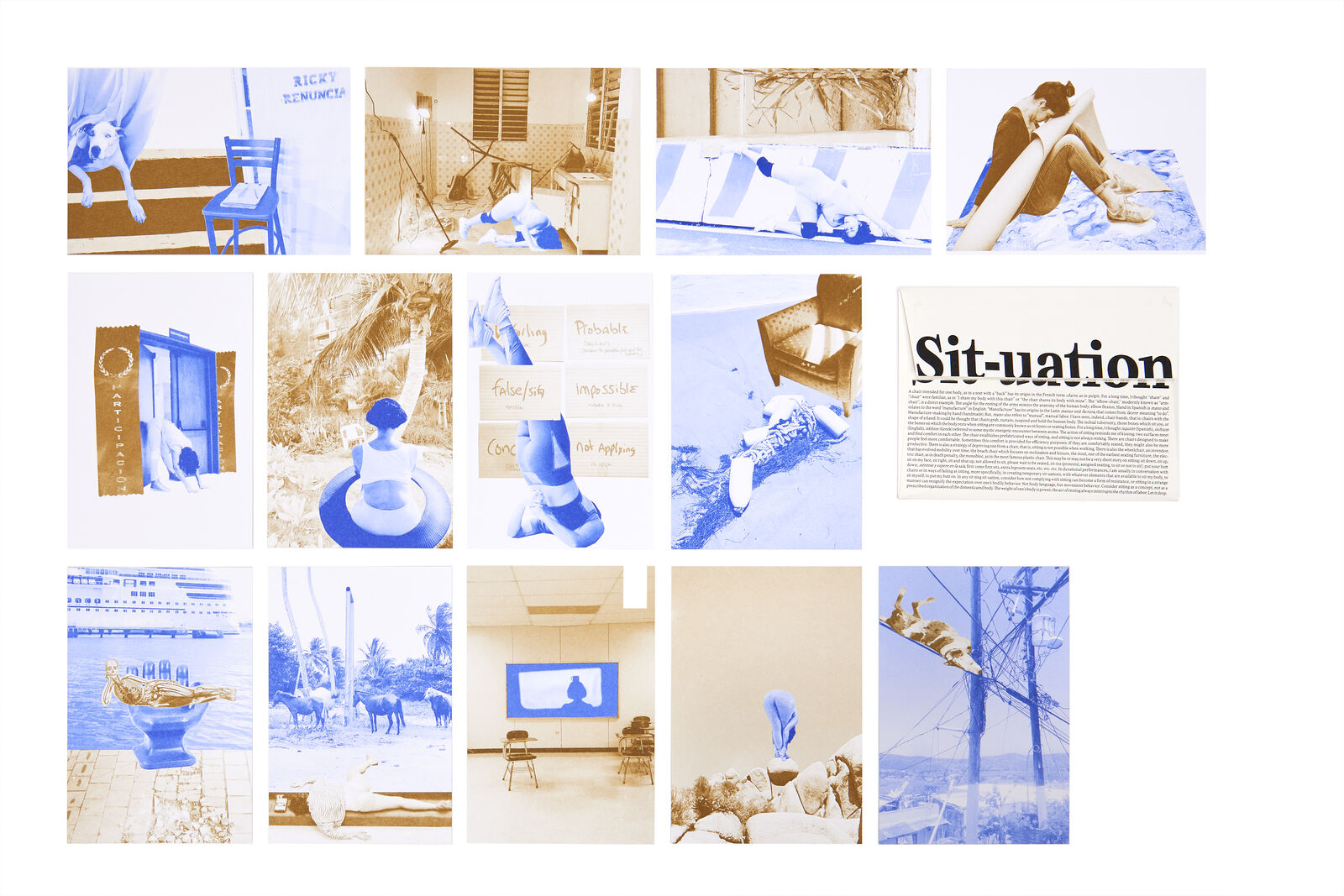
nibia pastrana santiago, Sit-uation, 2020. Postcards and envelope. 16 x 11.5 cm.
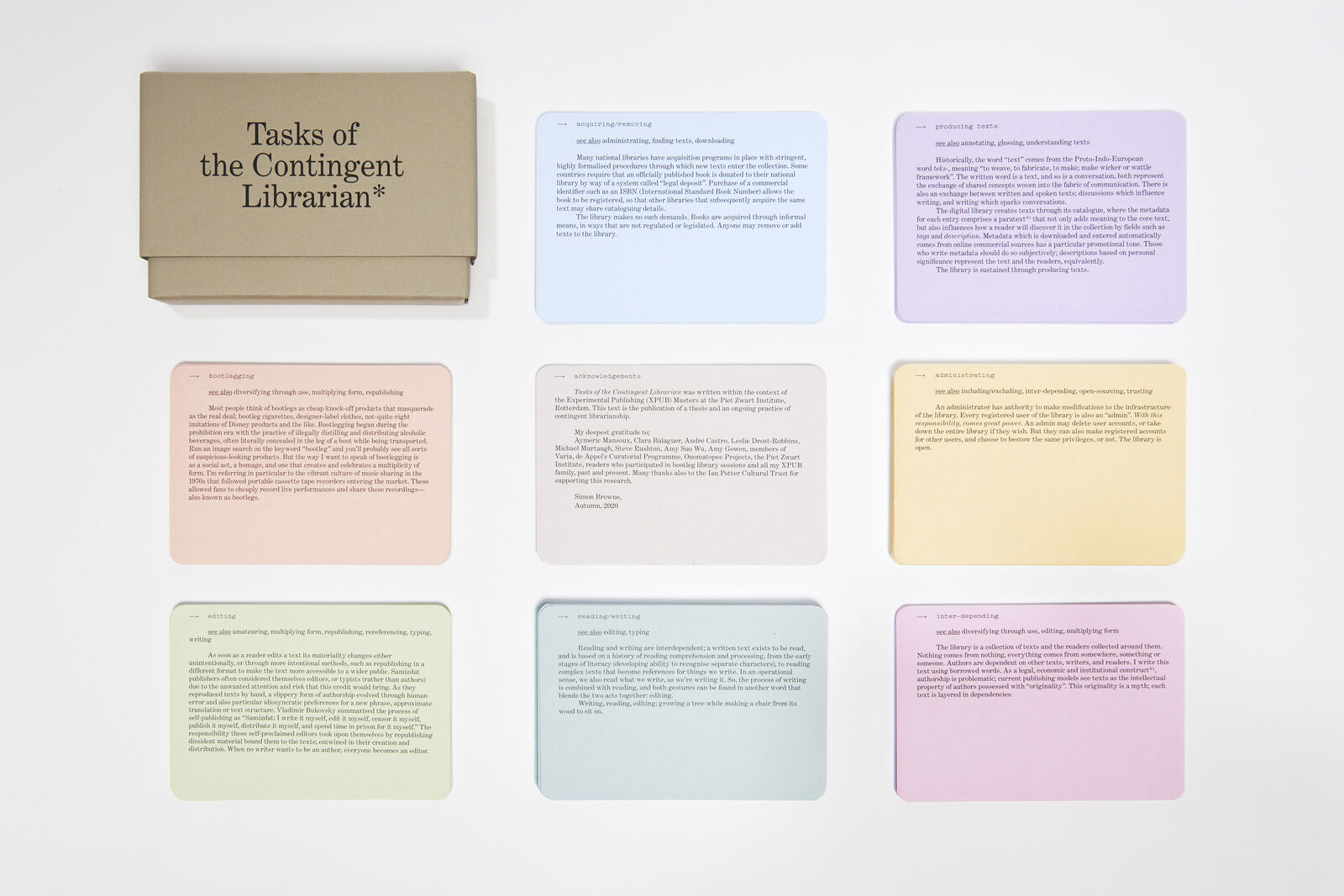
Simon Browne, Tasks of the Contingent Librarian, 2020. Box and cards. 16.5 x 11 x 4.5 cm
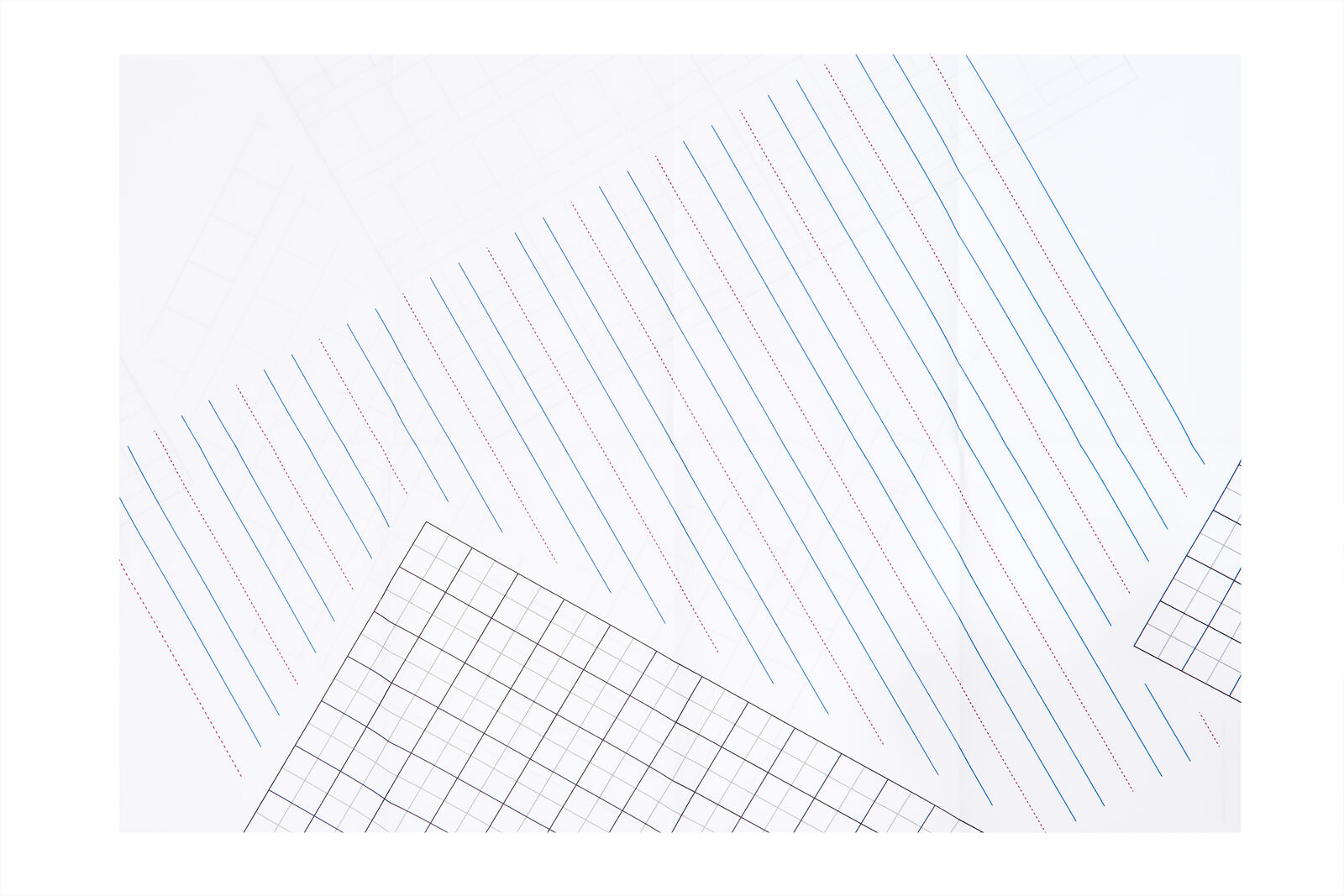
Dilek Winchester, Writing Systems (exercise sheets), 2020. Posters. 68 x 50 cm
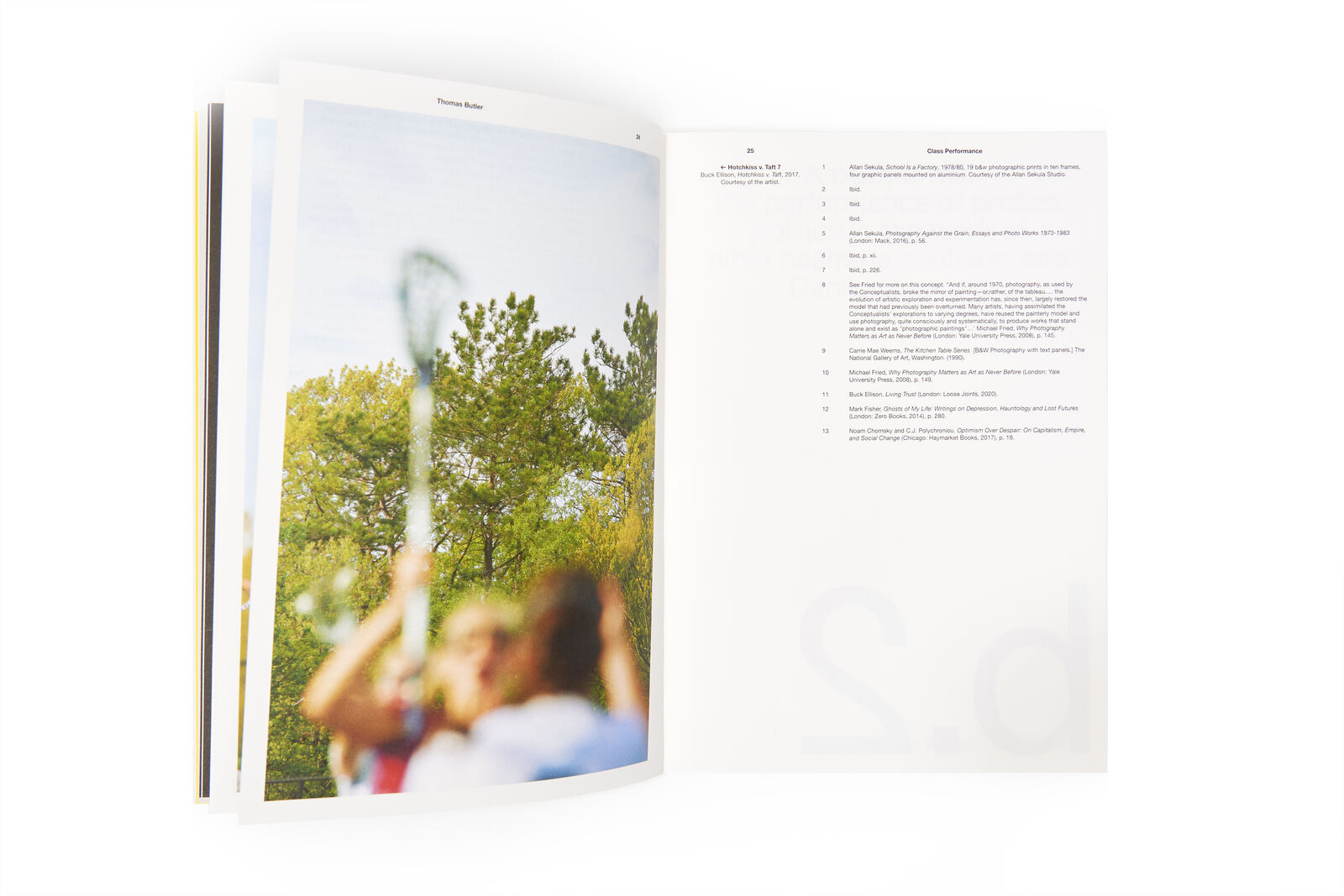
Page 24 of This may or may not be a true story or a lesson in resistance with essay by Thomas Butler and images by Buck Ellison from the series Hotchkiss v. Taft, 2017.
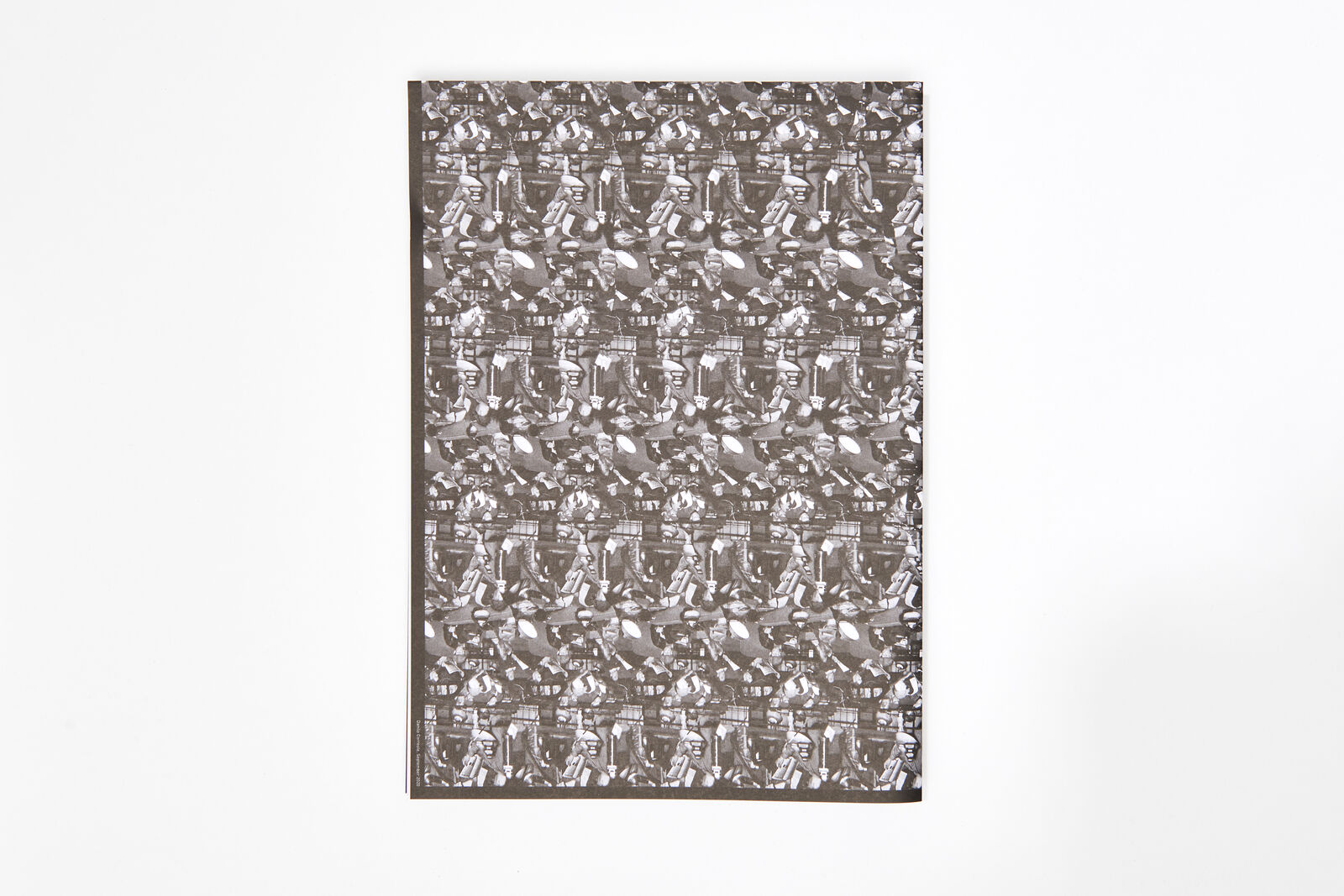
©Noortje Knulst
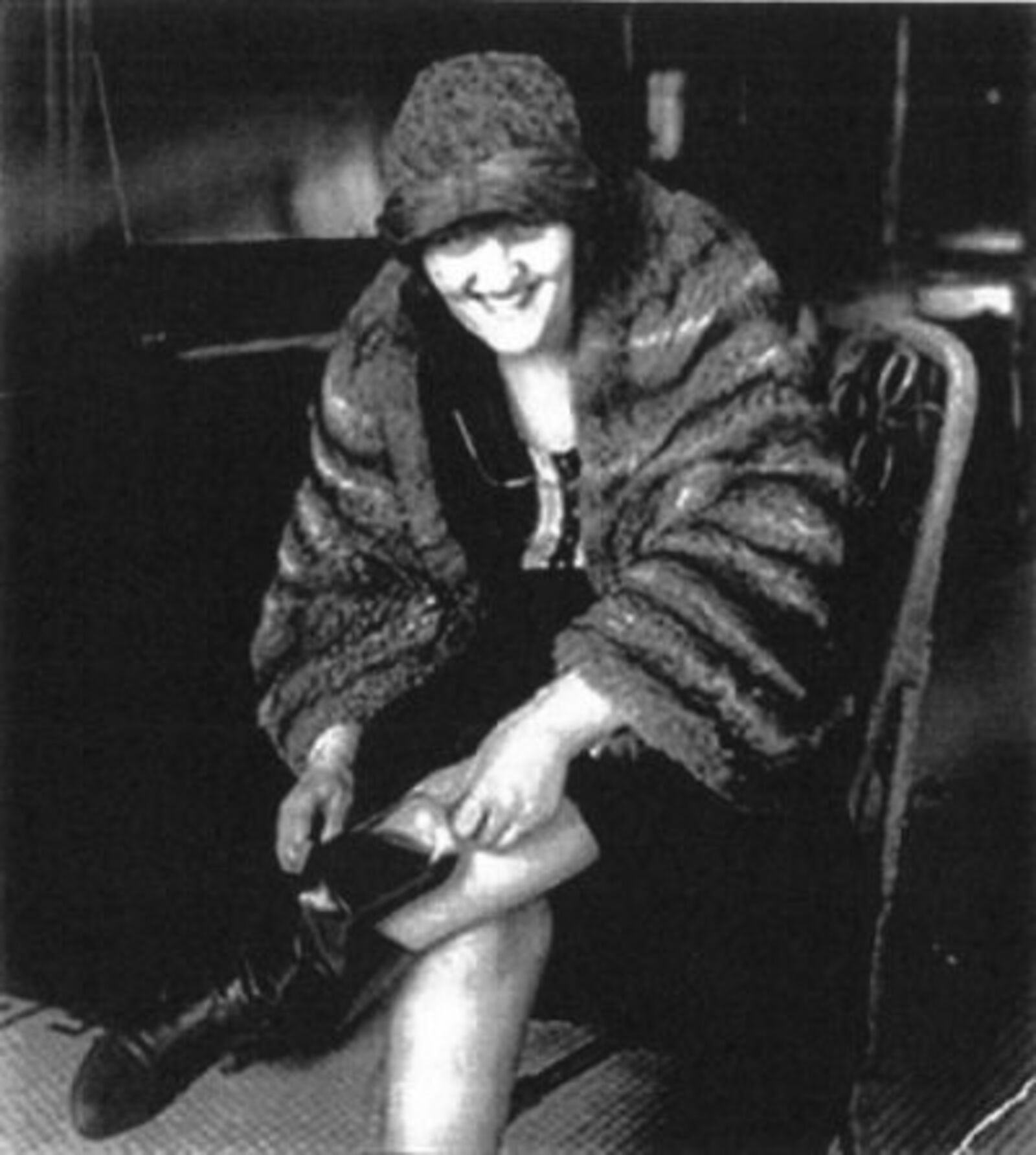
Image from Browne's ‘Tasks of the Contingent Librarian’: A “bootlegger” concealing a flask of an illegally distributed alcoholic beverage in the leg of a boot during the Prohibition era
Simon Browne is studying. Continuously becoming what he calls a contingent librarian. But what exactly is he preparing for? Perhaps it has something to do with the how – the distinct manner in which he cares for books; the way he takes the practice of reading and collecting further. Perhaps his life’s work is an affirmation of contingency – how circumstances are always subject to change.
In one of the Experimental Publishing studios in Rotterdam, he, with his unassuming coat and quiet demeanor, takes a wooden wine box out of his bookshelf. This crate holds a mound of books, including some that have been faithfully Xeroxed. Beaming with pride, he points out how he has successfully mimicked the size of a source publication, the format and color of the cover, and the fonts, margins and spacings of the text. Other books differ wildly from the source publication with some being first-time prints of digital publications. On one side of the room is a table with an archivist’s DIY book scanner, which he excitedly demonstrates down to its minute technicalities. “The numbers in this book came out as missing characters in the PDF, and the book scanner was constantly crashing” he said,”so I retyped them all by hand.”
Simon Browne gives more importance to the social aspect of collecting than the usual primacy afforded to objects in a collection. Power flows to the reader. During the 4-hour sessions that activate the Bootleg Library, readers discuss how digital and printed libraries are shared, how one reads and organizes them, and how they can be collaboratively developed. Cups of tea and coffee outnumber the people. Tools in scanning, watermarking, printing and distributing, the transition from digital to physical versions and vice versa are all subject to the exchange. They foster models of free access and render thought plural.
It is primary for him that this initiative is kept small, personalized, collective and local.
From the books: SLV RBRR 000-099, a 2016 publication made with fellow graphic designer Masaki Miwa, is a catalogue of reader’s traces in over 300 books in a section of the State Library of Victoria’s Redmond Barry Reading Room. Underlines, dog-ears, stains, inserts, and notes from anonymous visitors through the years are gathered as testaments to what printed matter is and was: an interactive social space. Similarly, the 2019 publication The Library Is Open, a manual for discussion produced by Experimental Publishing at Piet Zwart Institute, questions the selection and inclusion of books into public library collections. How can these texts be understood alongside pirate practices?
Simon Browne was an English teacher in Australia and a graphic designer by trade. He started the Bootleg Library — a shadow library that digitally runs on open-source software and physically exists as a nomadic minibieb (A type of small publicly accessible library installed in different neighborhood communities in the Netherlands) — as a tool to promote alternatives to the traditional and hierarchical understanding of knowledge. Unlike the conventional perception of the librarian as a gatekeeper of knowledge, he aims to level the reader with the text and its authors. The receiver transforms into an active producer.

Reverie, On the Liberation from Work, Danilo Correale, 2018
Imagine sitting comfortably on a leather chair in a calming and enclosed space. A record player sits in front of you with headphones attached to it. You put the headphones on and press play. A peaceful and steady voice speaks. With your body still and fully relaxed, you visualize a world where work is no longer required, and where your struggles for survival are a thing of the past. You are guided to a place where social structures exist to support you within a collective prosperity. In this moment, you float through and are liberated from time. You open your eyes to a video of a pulsating yellow orb blurred by a soft violet background. You sink deeper and deeper as its rhythm synchronizes with every word that is uttered.
“Reverie, On the Liberation from Work” is a 2018 piece by New York based Neapolitan artist, Danilo Correale. Collaborating with a hypnotherapist, he recorded two hypnotic exercises that evoke the image of a future liberated from labour. Using the language of self-help, the project reflects on the complex intersection between work and identity, while infiltrating the history of “self-help products” used since the 1960’s as a tool to enhance efficiency. The production of a vinyl record, as something to listen to in the comfort of one’s home, stimulates a healing ritual that addresses each person individually, but can potentially lead to a larger transformation.
Imagine once again: You are in Bogotá, Colombia in March 2020. You are sitting in a room that is entirely lit in a mentally calming blue. A black banner on the side lists ‘post-work’ in various languages. The Rolling Stones’ “Time is on my side” plays in the background; but is abruptly cut by an applause that suggests the beginning of a keynote address. A woman’s voice greets you good morning and welcomes you to the annual conference on Intangible Cultural Heritage organized by UNESCO. In our overworked culture, free time, the speakers say, is increasingly disappearing; it is an element in our everyday life that requires protection. You rethink how much time really is on your side.
Working with US and Italian lawmakers and social activists, Correale has drafted this speculative proposal for his 2018 artwork “Free Time.” It is a project that demands the inscription of free time in UNESCO’s list of cultural heritage as one that is in urgent need of safeguarding. Critical of the challenges imposed by this profit-and-productivity-bound economic dogma, which limits both public and private life, Correale proposes non-productive actions — sleeping, stillness, laziness and leisure — as moments of defiance or antidotes to the way we conceive politics and everyday life.
Our society’s obsession with work and productivity fuels the machinery of worldwide economies and engulfs our private lives, generating anxiety, burnouts and other pathologies. Meanwhile, doing nothing, as simple as it may sound, requires acts of self-care and the re-appropriation of those unproductive moments that are historically seen as vacant vices.
Correale’s practice is an invitation to get off the wheel, to understand the true value of doing nothing and to stop feeding a hectic system. This is a call to realize that one’s free time holds the potential for ideas and moments of growth, that may or may not be lessons in resistance.
During the last three weeks of The Broad Church of Night, his Fall 2018 show at the Neubauer Collegium (University of Chicago), Jason Dodge replaced the exhibition with a poem by Ishion Hutchinson. This is not the first time that physical absence becomes another kind of presence in his work. It is this particular absence that creates a space for something felt but invisible or unspoken. In his own words, ‘’narrative is a distraction,’’ and Jason is mastering another use of language. He includes people he does not know in his circle of trust – a trust that derives not only from the conviction that a person who is fully present can unravel the untold stories rather than keep reading the written ones, but also from the acceptance that each life changes the substance of his open work. The same trust and freedom is shared with the reader of his publications, an extension of his practice, both as an artist but also as the publisher of fivehundrendplaces. The title of his imprint indicates the specific place-making power of poetic language. He sees poems as things created in the space of the page, and artworks as a visual language that can change the understanding of a space into a place.
Each work invokes oddly familiar sensations and, most importantly, makes some room to process these feelings. By unlocking the poetic part of mundane objects Jason gives voice to personal symbols, leaning towards how, rather than what, things mean. A friend of many, a different kind of poet himself, a bee, as in Dorothea Lasky’s essay for As soon as the invented language enters us something else will vibrate in our skin (The essay The Bees was initially published by Wave Books in Animal by Dorothea Lasky) published on the occasion of Dodge’s exhibition with the same name.
Metamorphosing poets to bees and poems to their work, Lasky writes: ‘’The bee holds the magic- honey- that makes the voice of the poet. That can make an I speak. And for this reason, the I in poems not only becomes the powerful bee, it respects the work ethic of the bee and in many cases tries to emulate it. The I becomes humble at the magic of the bee and then takes this magic into their poems.’’

Jason Dodge, installation view (detail), Phenomenon, Anafi, Greece, 2019. Photos by Alexandra Masmanidi. © Phenomenon Project
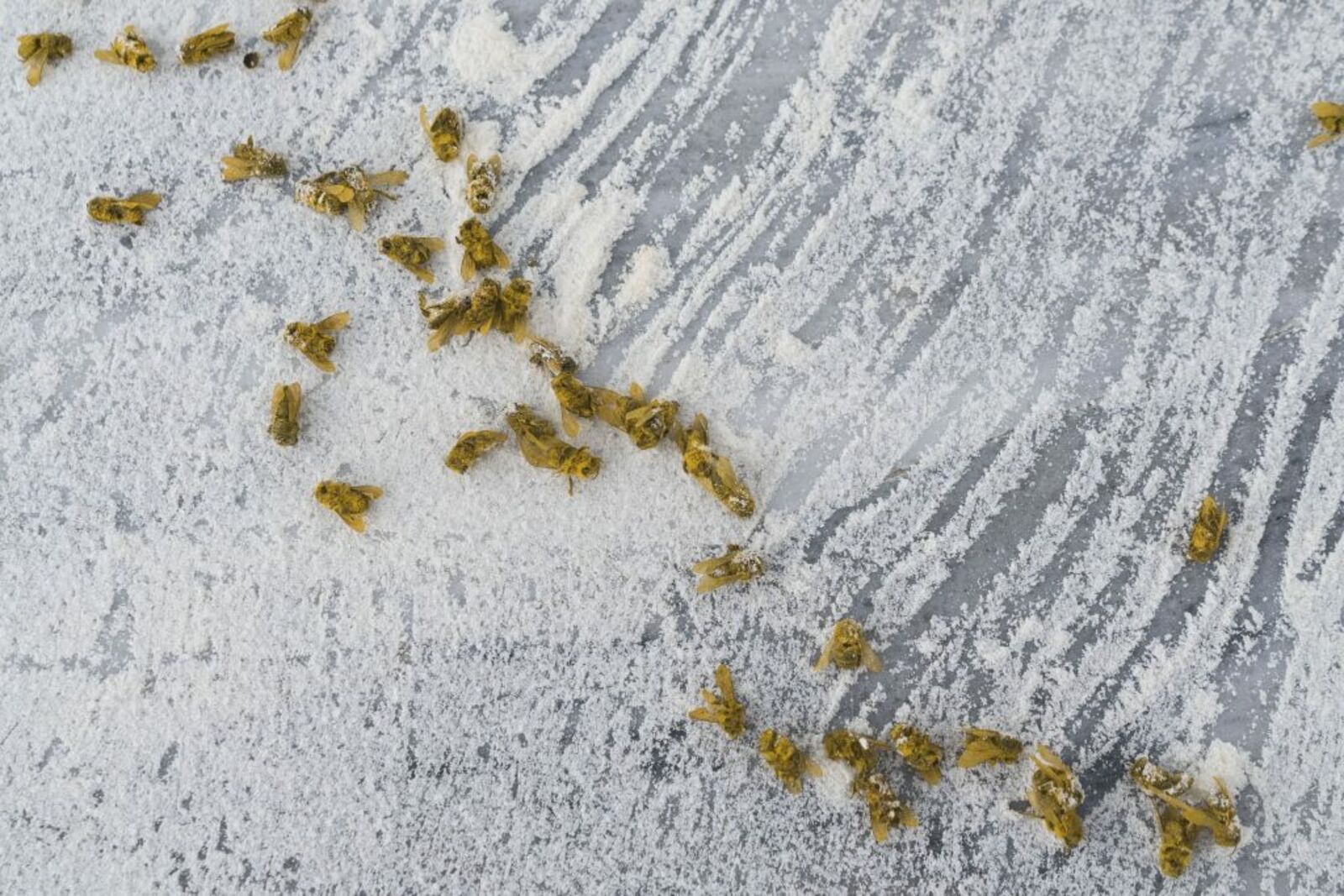
Jason Dodge, installation view (detail), Phenomenon, Anafi, Greece, 2019. Photos by Alexandra Masmanidi. © Phenomenon Project
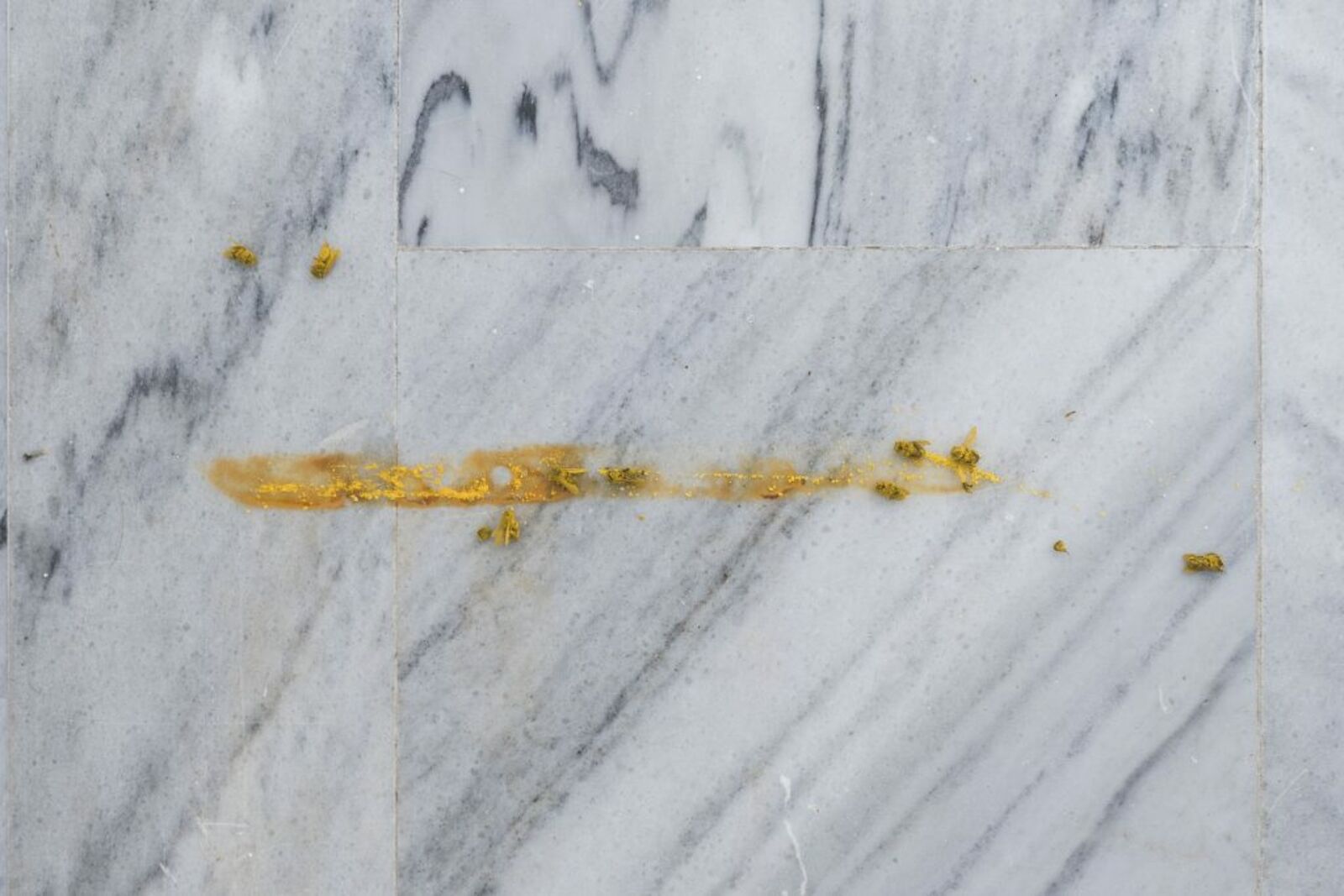
Jason Dodge, installation view (detail), Phenomenon, Anafi, Greece, 2019. Photos by Alexandra Masmanidi. © Phenomenon Project
In her video work Baliza, filmed during her time at the Rauschenberg Artist Residency in Captiva, Florida, dancer and performance artist, nibia pastrana santiago, is seen swimming in a pool with two large banners that read, “aquí había una isla” (here was an island) and “your island here.” The pool provides a stage for the materialization of pastrana santiago’s movement-led inquiries into the perception of time and space in a choreographed event. Resorting to techniques of stillness, exhaustion, and chance, she allows the performative body to exist as a leakage point – submerging and emerging or refusing to deliver a complete image. In her work, pastrana santiago frequently uses language that contests the colonial notion of territory and its commodification, highlighting them as containers that host the choreographed events of the everyday. The natural ecosystem of Captiva like many other islands has been usurped by waterfront hotels, overrun by property developers, and marketed as a tourist paradise.
Born and raised in Puerto Rico, nibia is familiar with the effects of state-sanctioned corporate exploitation of human lives and of natural resources in the name of profit and power. A former colony of Spain and acquired by the United States during the Spanish-American war in 1898, Puerto Rico has suffered centuries of colonial and neo-colonial reconfiguration that have left it disenfranchised and bankrupt. This has conditioned the materials and motifs in her work and led her to develop a site-specific approach to working in unconventional public spaces. Undeterred by the scarcity of spaces for performers on the island, she continues to develop techniques that challenge and interrupt the existing choreographies of human activity, commerce, and tourism that seek to define the fabric of society’s movements. Over the years, nibia has adopted a somatic vocabulary of laziness to provoke those kinds of interruptions which led her to write the lazy dancer, a manifesto that addresses her aesthetic position in relation to performance, the audience, and the performing body; in it she states The lazy dancer has no duty to dance. In her contribution to “This may or may not be a true story or a lesson in resistance,” nibia continues in her characteristic irreverent tone to mill a resistance to an omnipresent sense of duty to perform, to contribute, and to produce in prescribed and normative manners.
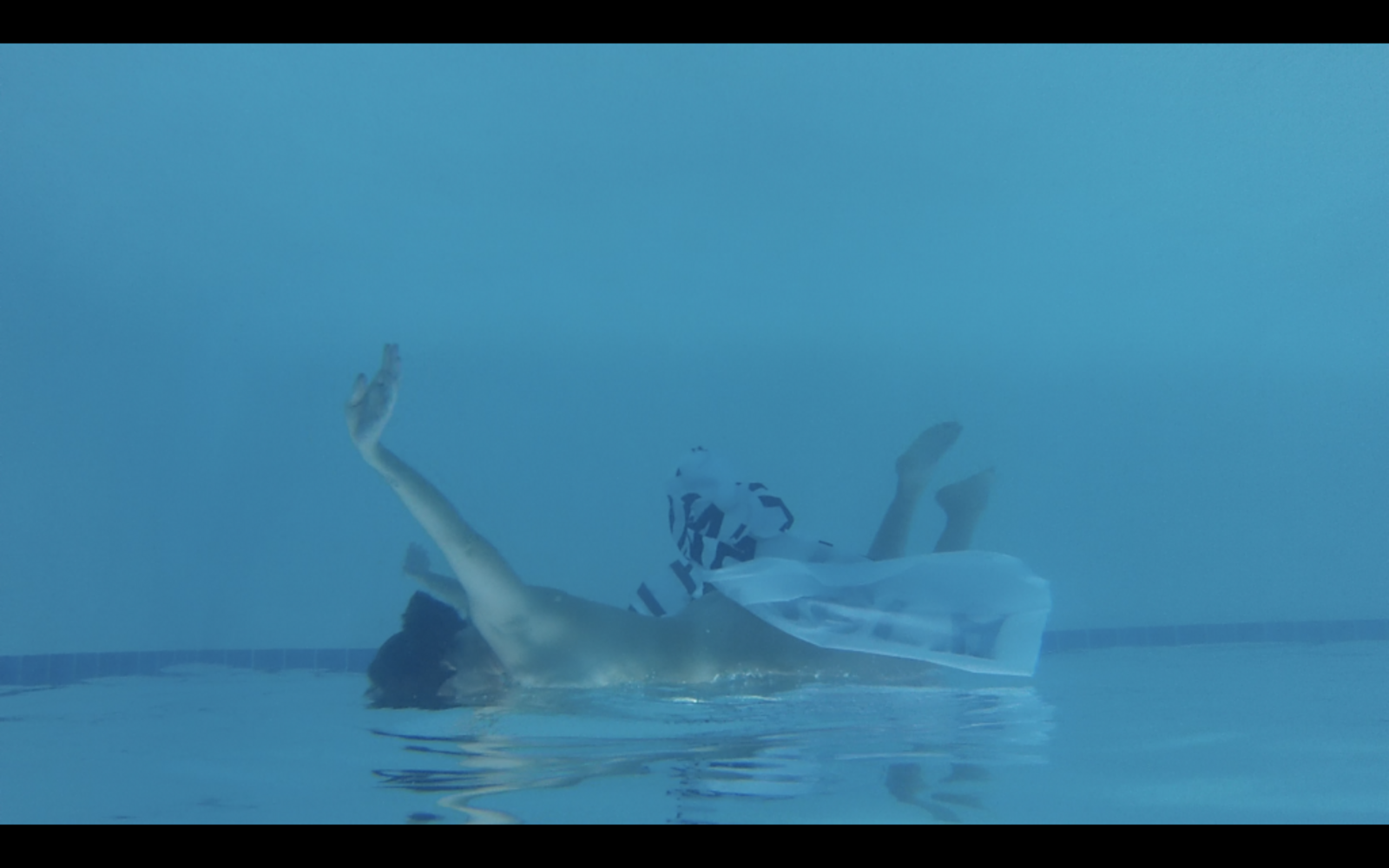
nibia pastrana santiago, Baliza (Beacon), video still, 2019.
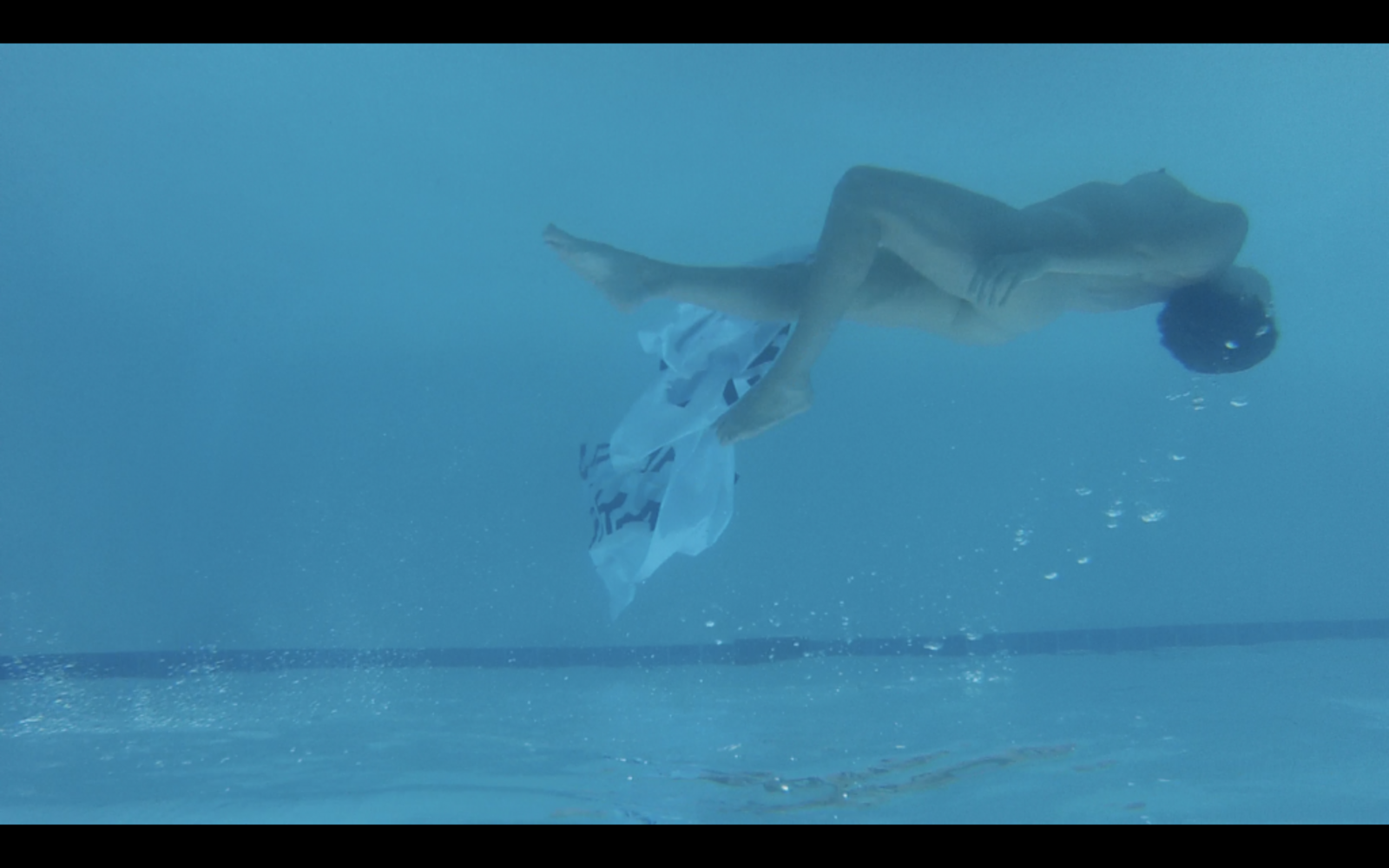
nibia pastrana santiago, Baliza (Beacon), video still, 2019.
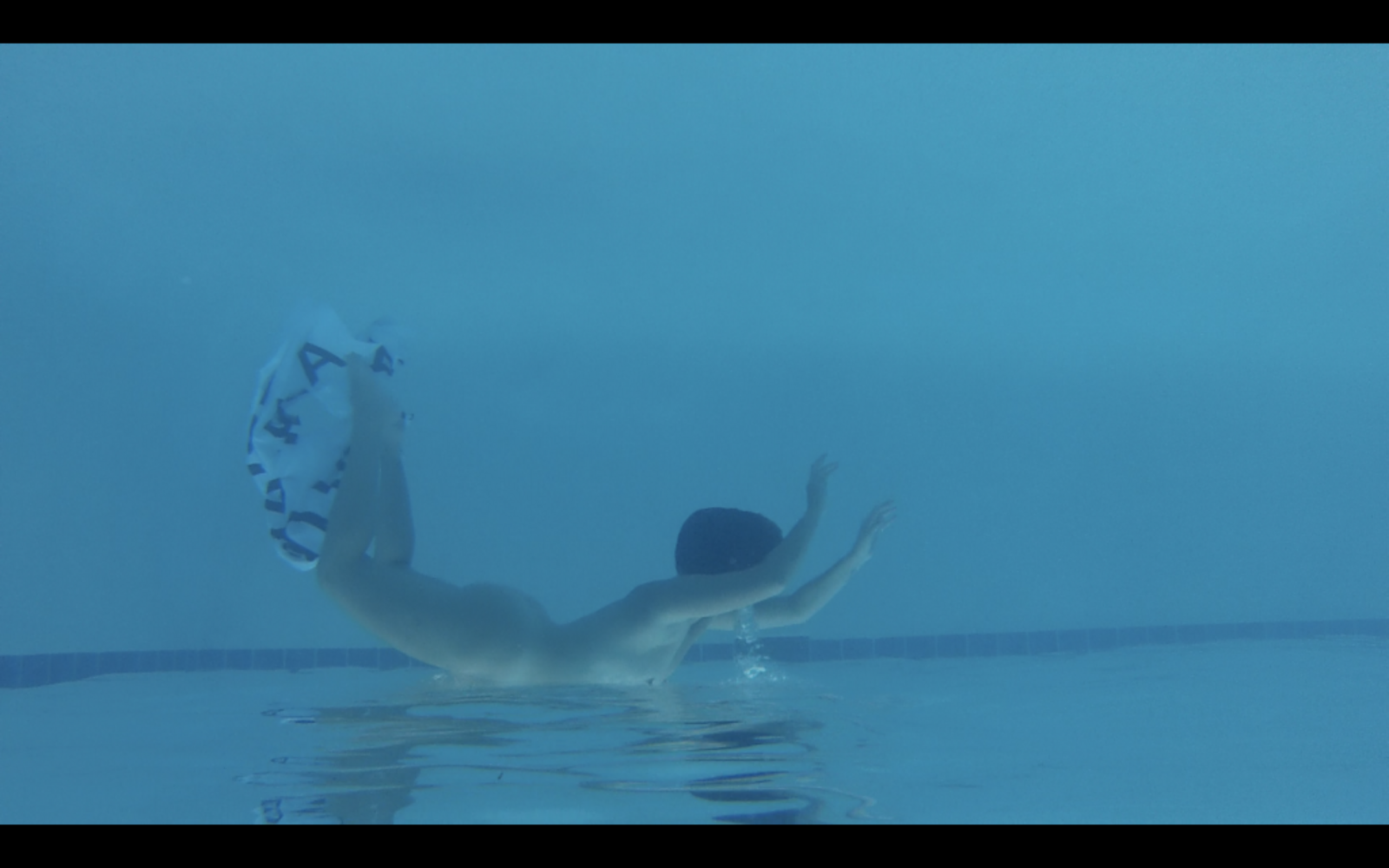
nibia pastrana santiago, Baliza (Beacon), video still, 2019.
Language, translation and questions of cultural identity lie at the heart of Dilek Winchester’s research. Born in Istanbul, Winchester is an artist and educator working primarily with written forms accompanied by audio recordings and archival materials. Her works cohere as drawings, photographs, videos and installations that combine individual anecdotes and seemingly objective statements into expressions of cultural polyphony.
Following extensive research into marginalised alphabets and texts in the Turkish language, On Reading and Writing takes the form of a two-piece installation that was produced in 2007. The first part of the installation includes three blackboards with three different narratives handwritten in Turkish with white chalk using three different alphabets: Arabic (Ottoman), Armenian (Armeno-Turkish) and Greek (Karamanlidika). These alphabets were in use in the Ottoman Empire in the late 19th Century until the language reforms of 1928 enforced the use of the Latin Alphabet. The blackboards on which Winchester inscribes them highlight the institutional dimension of learning. An excerpt from one of the blackboards evokes profound dislocation: “(…) When he started school, he realized that he wasn’t taught the same letters. He still remembers how disappointed he felt then.” The second part of On Reading and Writing with its subtitle “first three Turkish novels” reveals the transliteration process: converting text in one alphabet into another. The question arises: Which authors and traditions were thus excluded by the current Turkish literary canon?
Dilek initiated the Apricot City A4 publication in 2011, followed by the exhibition Apricots from Damascus in 2015. Originated in Istanbul, both projects were based on creating a series of fanzines, a modest format that is easily reproduced and distributed. Each zine was prepared in collaboration with various artists, curators, writers, poets, and researchers who addressed themes such as the migratory wave caused by the Syrian civil war, the shift of social balance brought on by exile, and the interruption of arts and cultural production.
Responding to the current and ongoing crisis, Dilek is drawn to the immediate power of the word “we” and its various literal translations. She has based this research around the book ABC: The Alphabetization of the Popular Mind by Ivan Illich and Barry Sanders. As “This may or may not be a true story or a lesson in resistance” transforms from an exhibition to a publication, the artist recalls Illich and Sanders: “And, like thought and the word, like narration and the lie, “we” has a history.”
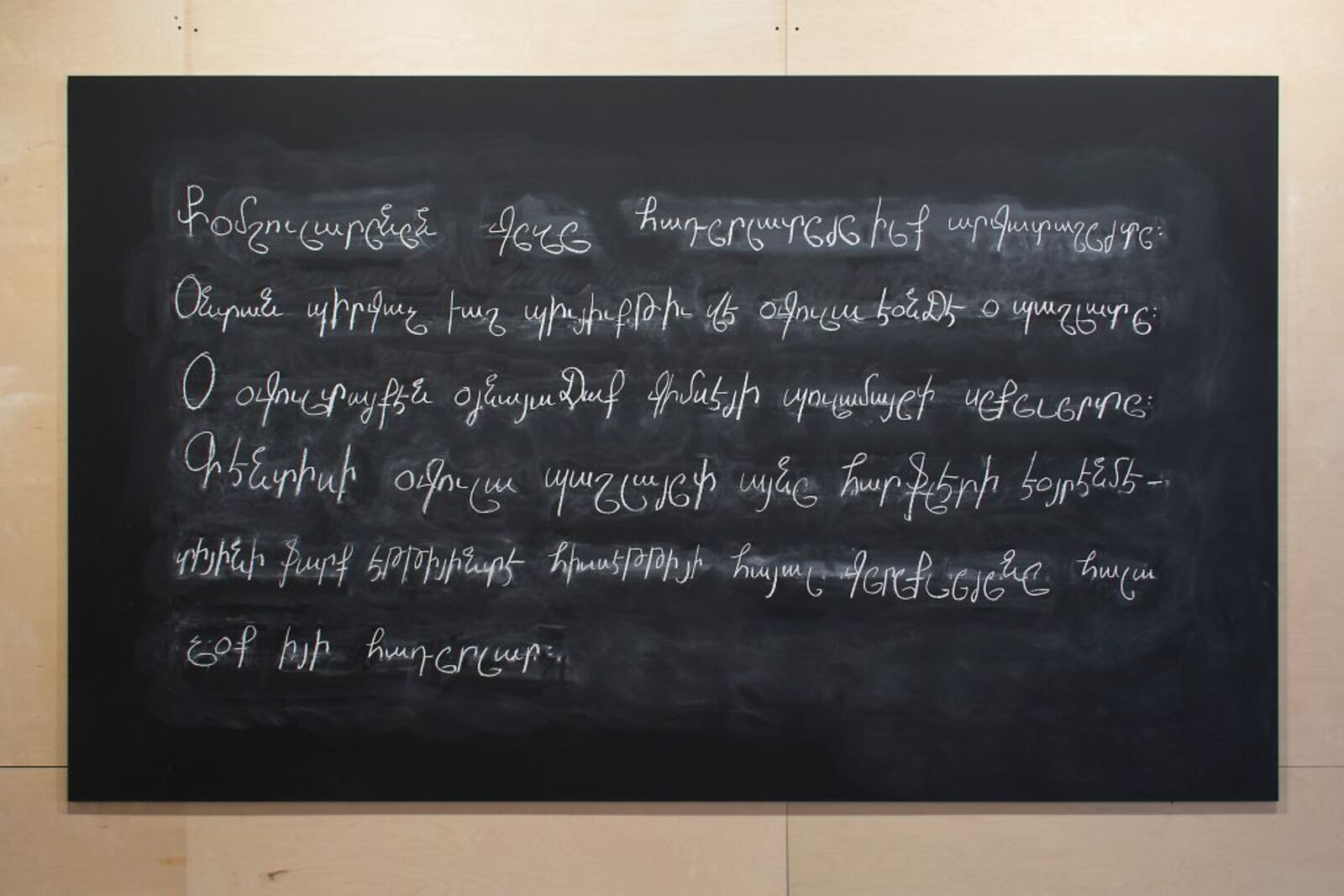
Dilek Winchester, On Reading and Writing (detail), 2007-2015, Photo- Mustafa Hazneci
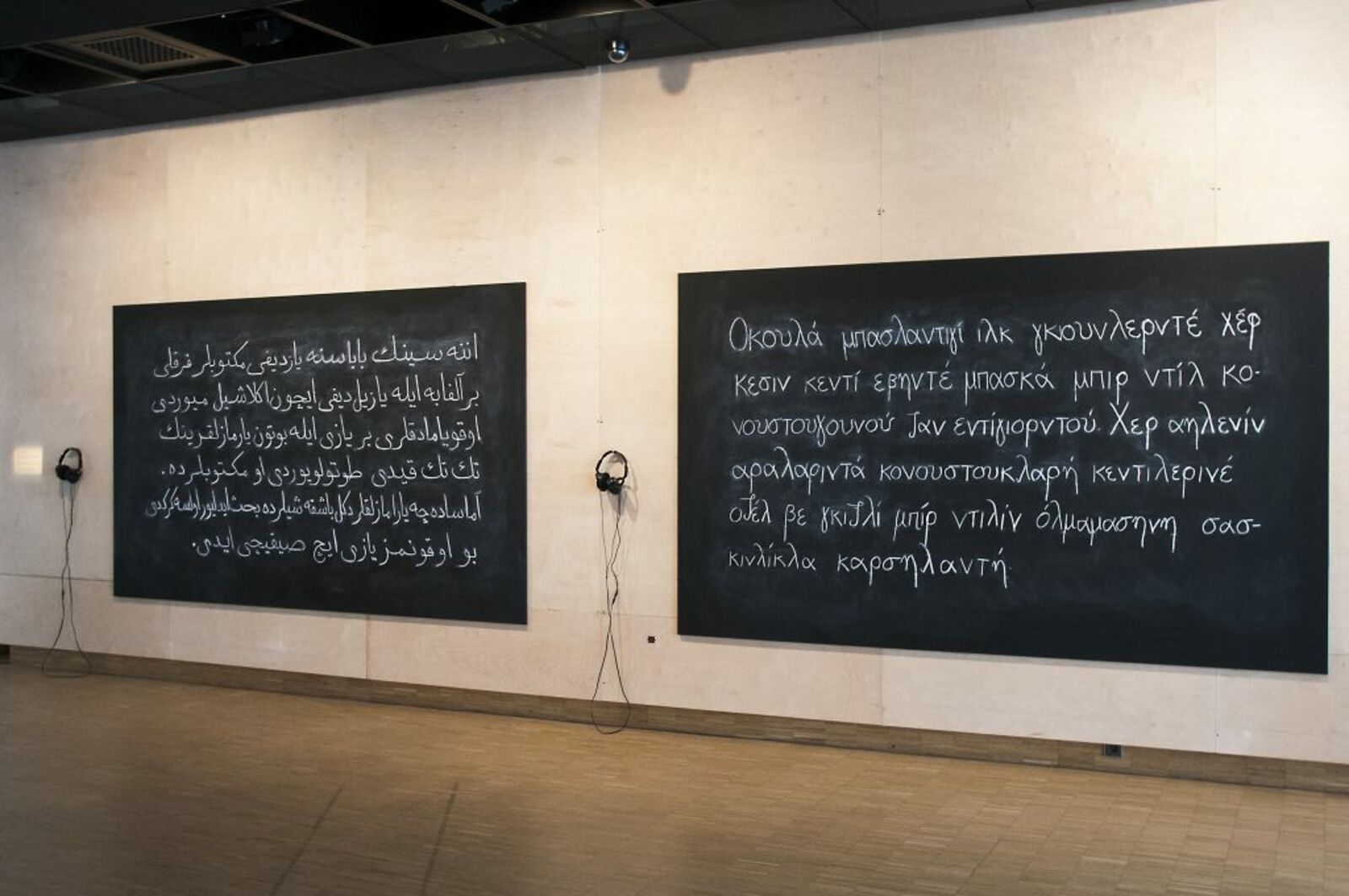
Dilek Winchester, On Reading and Writing, 2007-2015, Photo- Mustafa Hazneci
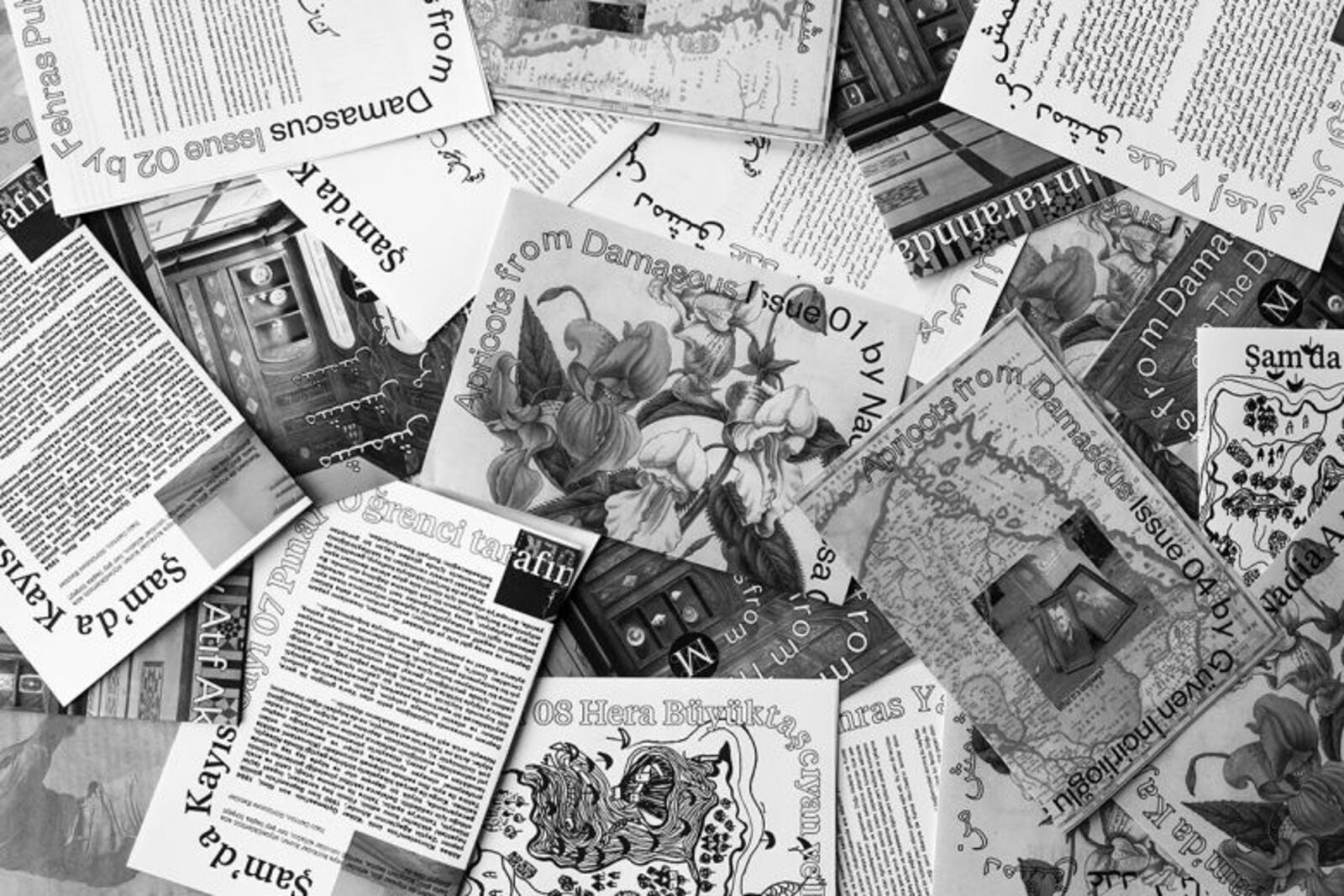
Apricots from Damascus, organized by Atıf Akın and Dilek Winchester, 2015, Photo- Atıf Akın and Mustafa Hazneci
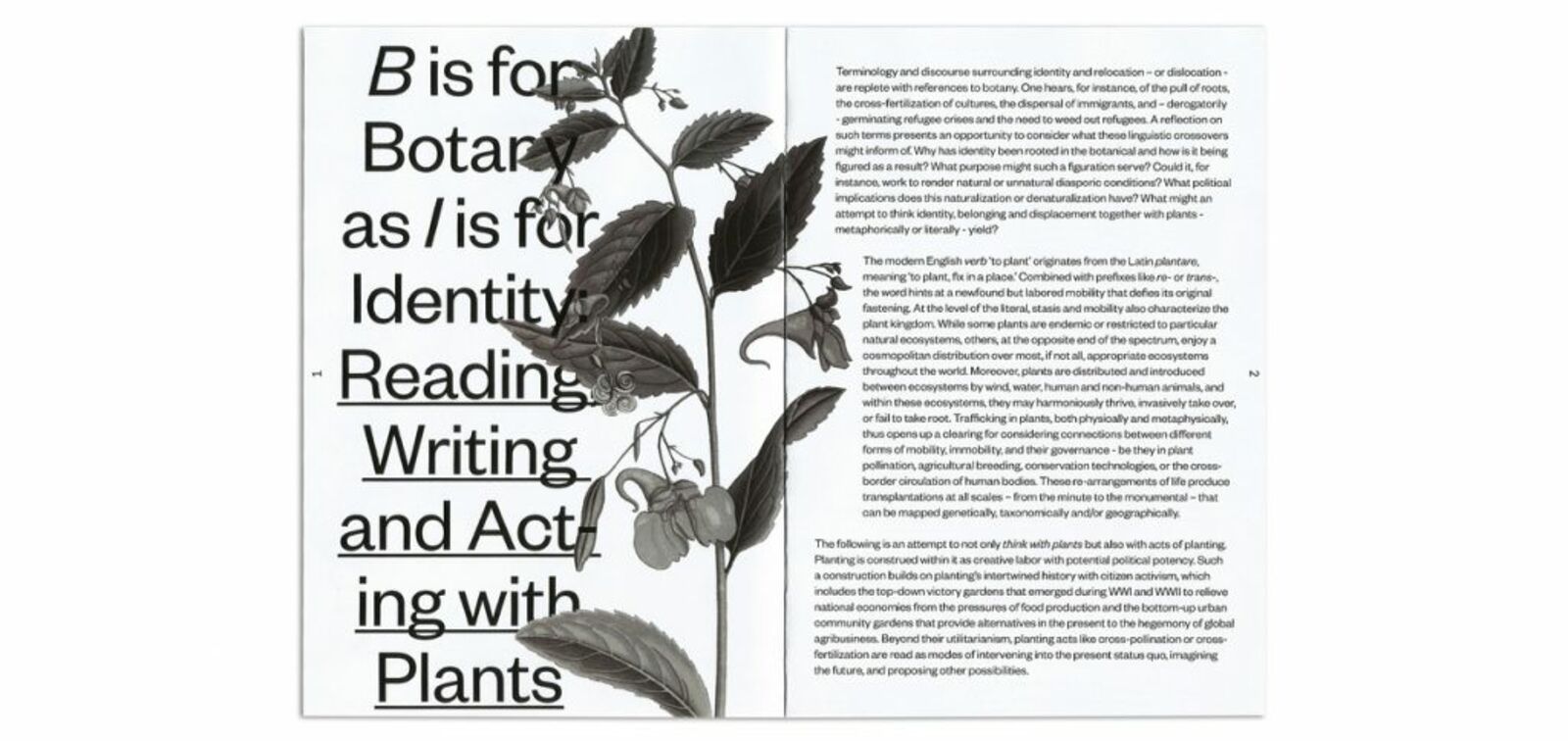
Nadia Al Issa’s fanzine at Apricots from Damascus, organized by Atıf Akın and Dilek Winchester, 2015, Photo- Atıf Akın and Mustafa Hazneci
